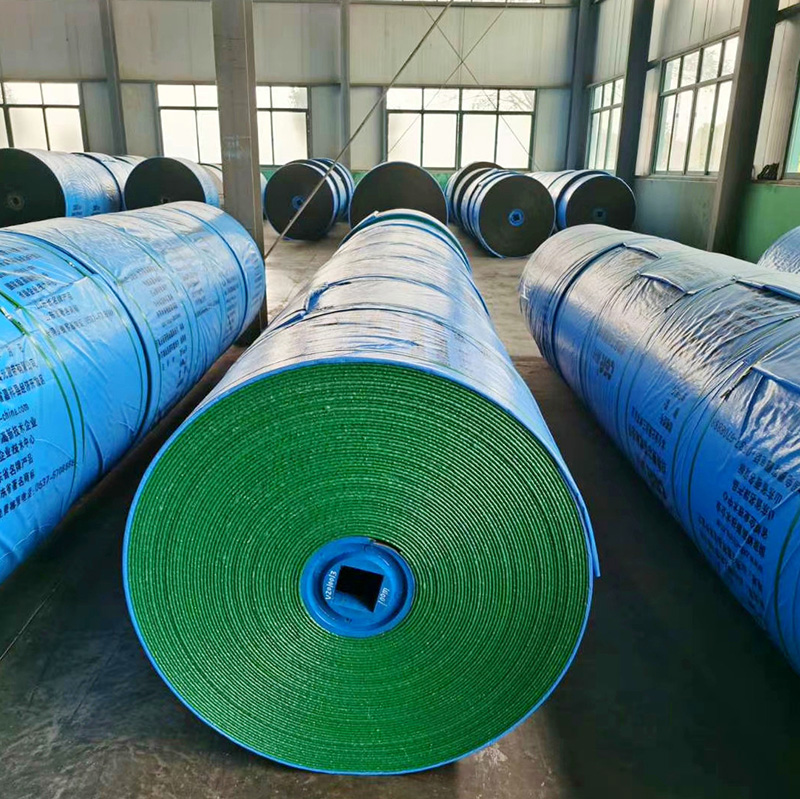Aramid flame-retardant conveyor belt is a new type of high-performance conveyor belt, which has good flame retardant performance, excellent crack resistance, wear resistance and other characteristics. Therefore, it has a wide range of applications in mining, ports, power and other fields. In multiple industries, the use of conveyor belts accounts for a significant amount of energy consumption, and improving the energy-saving performance of conveyor belts has become an important issue. So what is the energy-saving performance of aramid flame-retardant conveyor belts?

The basic structure of aramid flame-retardant conveyor belt is composed of aramid fiber reinforcement material and rubber layer. Due to its special structure, it has greater strength and durability compared to other conveyor belts. Therefore, it can effectively reduce the frequency and cost of maintenance and replacement during use. This greatly improves the service life and economic benefits of the conveyor belt, and reduces the cost of use.
The aramid flame-retardant conveyor belt can reduce empty load while conveying materials, which is the advantage of utilizing high-strength aramid fibers, that is, maintaining sufficient load-bearing capacity while reducing belt weight. The reduction of empty load also reduces the waste of conveying energy, thereby improving the energy-saving performance of the conveyor belt.
When using aramid flame-retardant conveyor belts, attention should be paid to ventilation to ensure the operating temperature of the conveyor belt and the adhesive strength of the rubber. This helps to improve the service life and stability of the conveyor belt, and also reduces the energy consumption and maintenance costs of the conveyor belt.
In summary, aramid flame-retardant conveyor belts have excellent characteristics such as flame retardancy, crack resistance, and wear resistance during use. At the same time, they can effectively improve the service life and economic benefits of conveyor belts, reduce empty loads, and maintain ventilation. This can effectively reduce energy consumption and maintenance costs of conveyor belts, and improve their energy-saving performance.